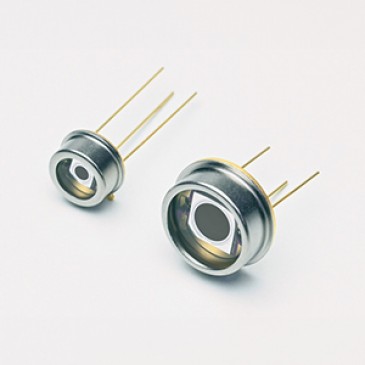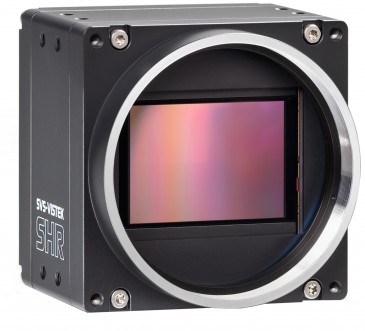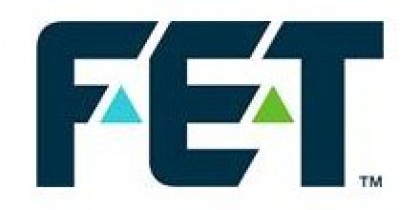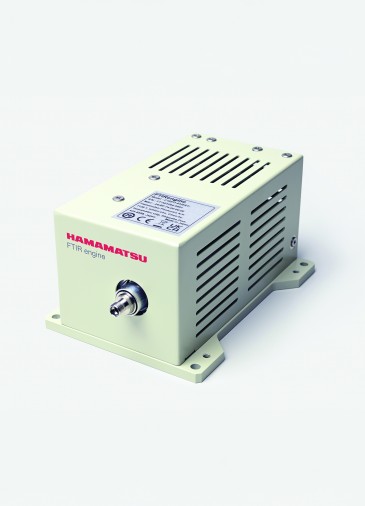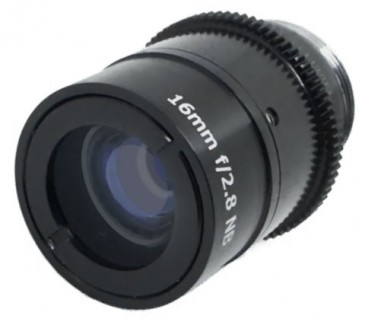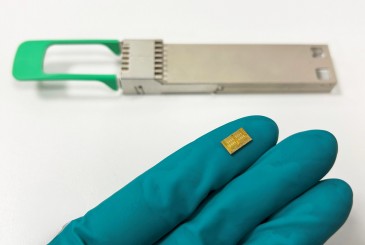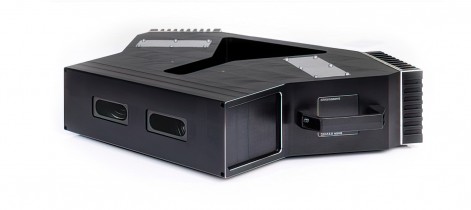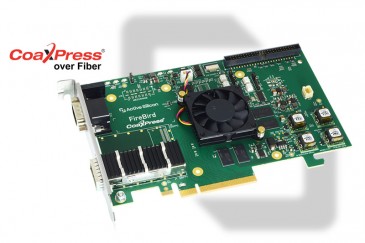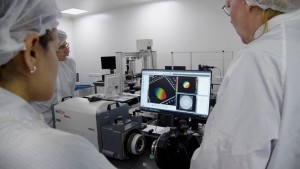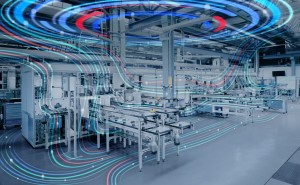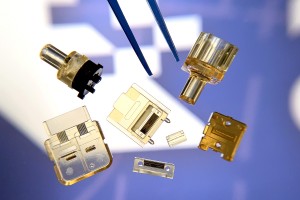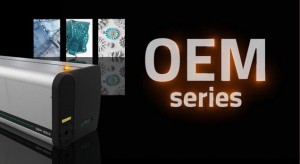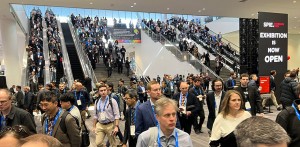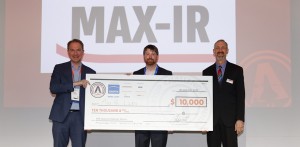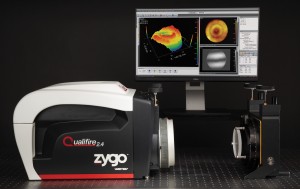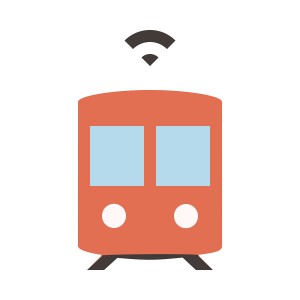
The "Autonomous Trains Global Market Report 2020-30: COVID-19 Growth and Change" report from Research and Markets provides the critical information needed to assess the global autonomous trains market.
This report focuses on the autonomous trains market which is experiencing strong growth. the report gives a guide to the autonomous trains market which will be shaping and changing our lives over the next ten years and beyond, including the markets response to the challenge of the global pandemic.
The global autonomous trains market is expected to decline from $8.33 billion in 2019 to $7.32 billion in 2020 at a compound annual growth rate (CAGR) of -12.16%. The decline is mainly due to the COVID-19 outbreak that has led to restrictive containment measures involving social distancing and remote working, and the closure of industries and other commercial activities. The market is then expected to recover and reach $9.69 billion in 2023 at CAGR of 9.8%.
North America was the largest region in the autonomous train market in 2019. Asia Pacific is expected to be the fastest growing region in the forecast period.
Lidar and Artificial intelligence are increasingly being used in autonomous trains to improve the performance of the trains. LIDAR (Light Detection and Ranging) system measures speed of moving train and captures irregularities of the track and evaluates the rail track quality. It uses two pairs of lenses to capture speed signals from both rails individually. The track speed, curvature, and lateral and vertical geometry variations on each side are determined. Artificial Intelligence (AI) is expected to improve the performance of automated metro lines by enabling predictive maintenance which helps to reduce the incidents and assist operators to recover from incidents more quickly. Control Centre with visual and voice interactions during an incident is a time-consuming process. AI also helps to reduce these interactions and allow traffic controllers to focus on the core problem.
The autonomous trains market covered in this report is segmented by train type into suburban trains; tram; monorail; subway/metro; long distance trains. It is also segmented by technology into automatic train control (ATC); communication-based train control (CBTC); European railway traffic management system (ERTMD); positive train control (PTC), by Grade of Automation into GOA1; GOA2; GOA3; GOA4 and by application into passenger train; freight; mining.
High deployment and operational costs along with increased security concerns is expected to limit the growth of autonomous train market. The capital costs of signalling and control equipment are likely to be associated with maintenance costs, operational costs, and large capital investments. On the other side, the transfer of data between a train's safety critical system, in particular, is a potential target for hackers. ATO (Automatic Train Operation) with its interconnectivity with other systems has an increased threat, making it potentially vulnerable to cyber-attacks. As it transfers high resolution, real-time train determination information between the waysides, the train and the control center, it is essential to ensure this vital data remains secure.
In June 2018, Thales has announced the acquisition of Cubris with the aim to provide value to customers by improving their digital strategy. The DAS (driver advisory systems) of Cubris allows real-time and fully secured exchange of information between the railway system and the train driver in order to enhance the driving of the train and reduce CO2 emissions. Cubris addresses the growing needs of an increasingly train centric and automation-oriented demand in railway signalling. This acquisition strengthens Thales in its offering and positioning within the rail traffic management segment.
Increased need for a safe, efficient, cheap, fast and reliable mode of transportation is contributing to the growth of global autonomous train market. Rail is the safest mode of land transport and more attractive to the customer. It is also one of the fastest mode of transports, which moves on high speed lines that are expected to average up to 300 km/hour. The distance of 1000 Km can easily be reached within 5 to 7 hours. It offers much greater flexibility of the time, allowing train frequencies to be better matched to demand at peak and off-peak times. This offers a much better service to potential passengers and increases the number of passengers. When it comes to the fares, intra-modal competition among railway operators, and competition among railway suppliers will keep fares affordable even in countries with low per capita income. Increased safety and cheaper fares compared to other transports drove the autonomous train market.









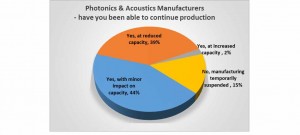

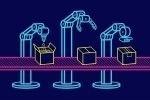
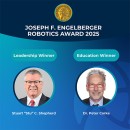


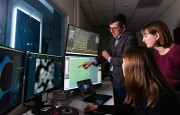







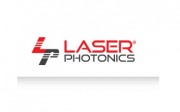
















 Back to News
Back to News


